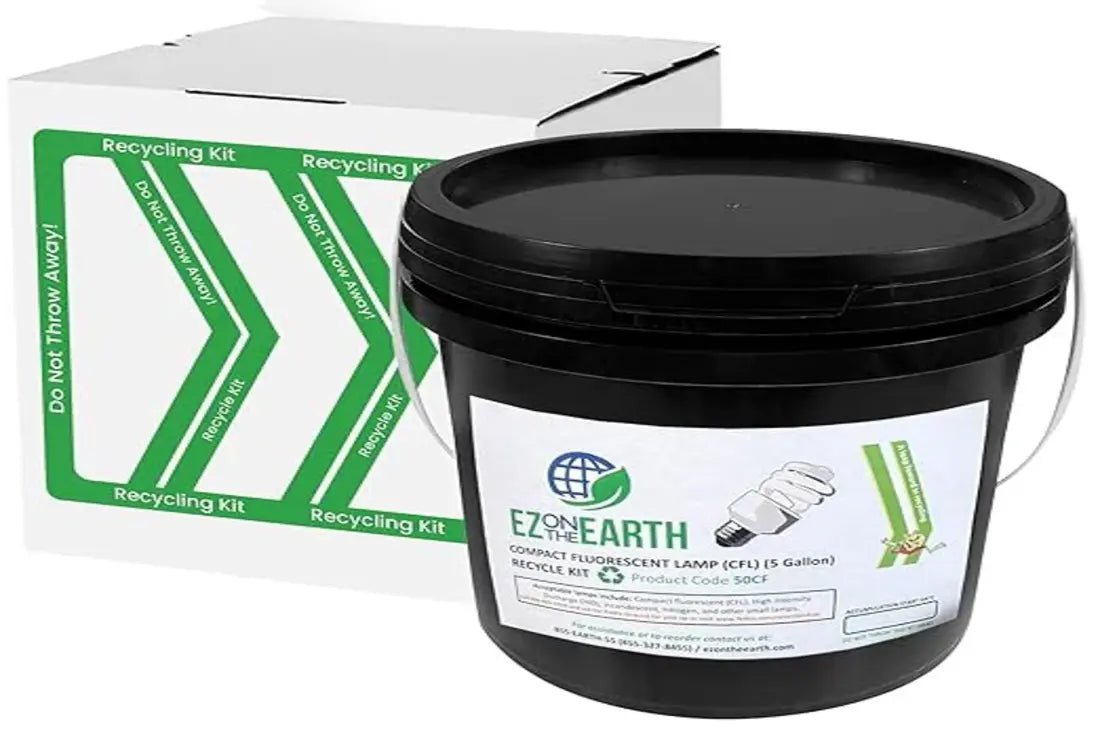Printed Circuit Board (PCB) ballasts are an integral part of modern lighting systems, especially in energy-efficient lighting solutions. These electronic ballasts control the current flow to ensure that fluorescent and LED lights operate efficiently and reliably. As technology has evolved, so too have the PCB ballasts, making them an indispensable component in various applications, ranging from household lighting to industrial setups. In this article, we explore the importance, working mechanisms, and advantages of PCB ballasts, providing you with a comprehensive understanding of their role in today’s advanced lighting solutions.
What Are PCB Ballasts?
PCB ballasts are electronic circuits specifically designed to regulate the current in a lighting system, preventing damage to the light source by controlling the amount of electricity flowing to it. This process is vital in fluorescent and LED lighting systems, which can be sensitive to electrical fluctuations. By integrating a PCB ballast, these systems can maintain consistent performance and significantly extend the life of the lighting fixture.
PCB ballasts have replaced older, magnetic ballasts due to their energy efficiency, compact size, and improved control over lighting parameters. The shift to PCB ballasts is largely driven by the demand for energy-saving solutions and the growing emphasis on sustainability in both residential and commercial lighting setups.
How Do PCB Ballasts Work?
At its core, a PCB ballast functions by using electronic components such as transistors, capacitors, and diodes to modulate the flow of electricity to the lighting fixture. Here’s a step-by-step breakdown of the process:
- Current Regulation: PCB ballasts take in high voltage AC power from the main electricity supply and convert it into the appropriate form (typically lower voltage DC power) for the light source.
- Ignition: When the lighting fixture is turned on, the ballast provides a high initial voltage to ignite the light.
- Stable Operation: After ignition, the ballast maintains a steady current flow, preventing the light from flickering or overheating.
- Dimming Control: Modern PCB ballasts often include dimming functionalities, allowing users to adjust light intensity, which further improves energy efficiency.
This process ensures smooth and efficient operation, preventing common issues like flickering, buzzing, and overheating associated with traditional ballasts.
Types of PCB Ballasts
There are several types of PCB ballasts, each designed to meet specific lighting needs. Some of the most common types include:
1. Instant Start PCB Ballasts
Instant start ballasts are designed to light up immediately upon being powered. These ballasts are often used in settings where frequent switching is not necessary, such as office buildings or industrial spaces. They deliver high energy efficiency by reducing the time it takes for the light to reach its full brightness.
2. Rapid Start PCB Ballasts
Unlike instant start ballasts, rapid start ballasts use a preheating mechanism to gradually ignite the light. This method reduces wear and tear on the lighting fixture, making it ideal for applications where long-term durability is a priority, such as in hospitals or schools.
3. Programmed Start PCB Ballasts
Programmed start ballasts provide a combination of energy efficiency and extended lamp life. By controlling the preheating time and ignition process, they minimize the stress on the lighting components, making them perfect for environments where lights are switched on and off frequently, such as retail stores or parking garages.
Advantages of PCB Ballasts
The rise of PCB ballasts can be attributed to the numerous benefits they offer over traditional ballasts. Below are some of the key advantages that make them the preferred choice for modern lighting systems:
1. Enhanced Energy Efficiency
PCB ballasts consume significantly less power than magnetic ballasts, leading to lower energy bills and reduced carbon footprints. By maintaining precise control over current flow, these ballasts help lighting systems operate more efficiently without sacrificing performance.
2. Improved Lighting Quality
One of the primary functions of a PCB ballast is to eliminate issues such as flickering and buzzing that are common in outdated lighting systems. This results in a stable, high-quality light output that enhances the overall user experience, whether at home, in the office, or in industrial environments.
3. Longevity and Durability
Because PCB ballasts prevent overloading and overheating, they help extend the lifespan of both the ballast itself and the connected light fixtures. This makes them a cost-effective solution in the long run, as they reduce the need for frequent replacements or repairs.
4. Compact Size and Lightweight
Compared to older magnetic ballasts, PCB ballasts are smaller and lighter, making them easier to install and more versatile in terms of application. Their compact design allows them to be used in sleeker lighting fixtures, contributing to the modern aesthetic seen in many new construction projects.
5. Advanced Control Features
Many modern PCB ballasts come with dimming and programmable options, allowing users to adjust the light intensity to suit their specific needs. This not only improves user comfort but also enhances energy efficiency, especially in environments where lighting requirements vary throughout the day.
Applications of PCB Ballasts
PCB ballasts are used in a variety of settings due to their versatility and energy-saving capabilities. Some of the most common applications include:
1. Commercial Lighting
Offices, retail spaces, and other commercial environments benefit from the reliable performance and energy savings offered by PCB ballasts. These ballasts are often integrated into fluorescent and LED fixtures, providing consistent lighting for workspaces, showrooms, and more.
2. Industrial Lighting
In industrial settings, where lighting systems must operate under harsh conditions and for extended periods, PCB ballasts ensure durability and cost-effectiveness. They help keep energy costs low while providing bright, stable illumination for warehouses, factories, and assembly lines.
3. Residential Lighting
Homeowners are increasingly opting for lighting systems that use PCB ballasts due to their energy efficiency and long lifespan. Whether it’s for ambient, task, or accent lighting, PCB ballasts offer a sustainable solution for reducing household energy consumption.
4. Outdoor Lighting
In outdoor applications like street lighting, parking lots, and landscape lighting, PCB ballasts provide reliable performance in all weather conditions. Their ability to control energy flow ensures that outdoor lighting systems remain operational for longer periods with minimal maintenance.
Future of PCB Ballasts
As energy-efficient lighting continues to gain prominence in the global market, PCB ballasts will play an even more significant role in sustainable lighting solutions. Innovations in PCB technology are expected to bring about even more advanced features such as smart controls, connectivity, and automated lighting systems, further revolutionizing the way we light our homes, businesses, and cities.
In conclusion, PCB ballasts are the cornerstone of modern, energy-efficient lighting systems. Their advanced control mechanisms, energy-saving benefits, and durability make them indispensable in a wide range of applications, from industrial to residential. As the demand for sustainability grows, PCB ballasts will continue to evolve, providing even more efficient and reliable lighting solutions.













